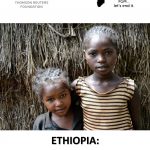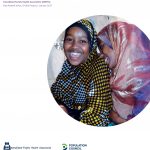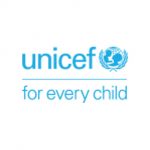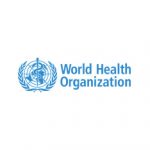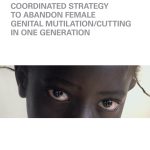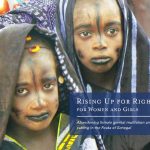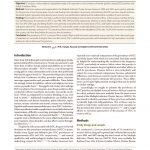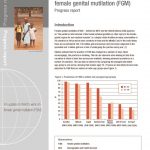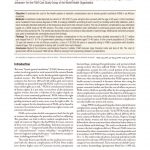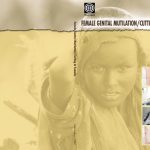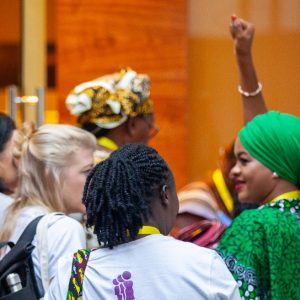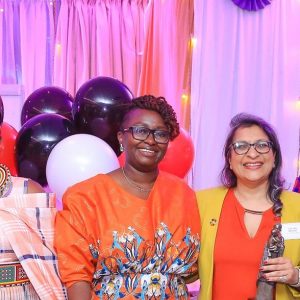Africa

Home | Where does FGM/C happen? | Africa
View all regions
View all countries
- Australia
- Benin
- Brunei
- Burkina Faso
- Cameroon
- Canada
- Central African Republic
- Chad
- Colombia
- Côte d’Ivoire (Ivory Coast)
- Denmark
- Djibouti
- Egypt
- Eritrea
- Ethiopia
- France
- Germany
- Ghana
- Guinea
- Guinea-Bissau
- Indonesia
- India
- Iran
- Iraq
- Ireland
- Jordan
- Kenya
- Kuwait
- Liberia
- Malawi
- Malaysia
- Mali
- Malta
- Mauritania
- Mexico
- Niger
- Nigeria
- Oman
- Pakistan
- Peru
- Portugal
- Russia
- Saudi Arabia
- Senegal
- Sierra Leone
- Singapore
- Somalia
- Somaliland
- South Sudan
- Spain
- Sudan
- Sweden
- Switzerland
- Tanzania
- Thailand
- The Gambia
- The Maldives
- Togo
- Uganda
- United Arab Emirates
- United Kingdom
- United States of America
- Yemen
- Zambia
- Zimbabwe
About FGC
Female genital cutting (FGC) is practised in at least 27 countries across Africa. By 2030, UNICEF and UNFPA estimate that one in three girls worldwide will be born in the 30 countries where the practice is concentrated. This figure includes 27 African countries plus Yemen, Iraq and Indonesia.
FGC mostly affects girls and women in West and East Africa, with some reports of the practice occurring in more Southern regions. The type of FGC practised and the drivers behind it vary between different ethnic groups, although it is widely recognised that FGC is a social norm, and a means of controlling female sexuality.
Progress and challenges
African activists and grassroots organisations are a driving force for the global movement to end FGC. There is a multitude of work being carried out across the continent, with the aim of total abandonment of the practice. Significant progress has already been made, with UNICEF and UNFPA reporting in 2017 that 21,716 communities in 16 countries made public declarations of abandonment since 2008.
While progress is being made, FGC remains a deeply entrenched social norm in many communities, where breaking the silence around the practice is still a challenge. Many communities that have abandoned the practice in Africa have opened up dialogue through non-judgemental, human rights-based approaches, as outlined by the UNICEF 6 Elements of Abandonment Framework.
The UNFPA-UNICEF Joint Programme on FGC is active in 16 African countries.
Medicalisation of the practice is an increasing challenge to progress. Research carried out by Population Council found that 26% of women who’ve undergone FGC report being cut by a medical practitioner.
FGC is often linked to religion, despite it not being an obligation of any religion. There are, however, a burgeoning number of religious leaders working to de-link FGC and religion, for example in West Africa with support from Tostan.

